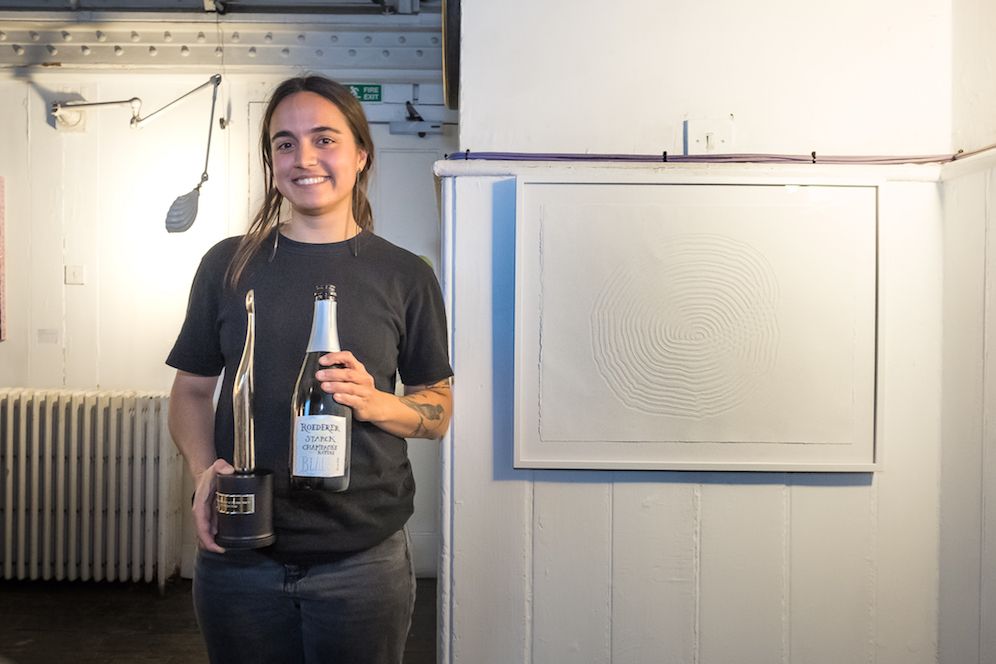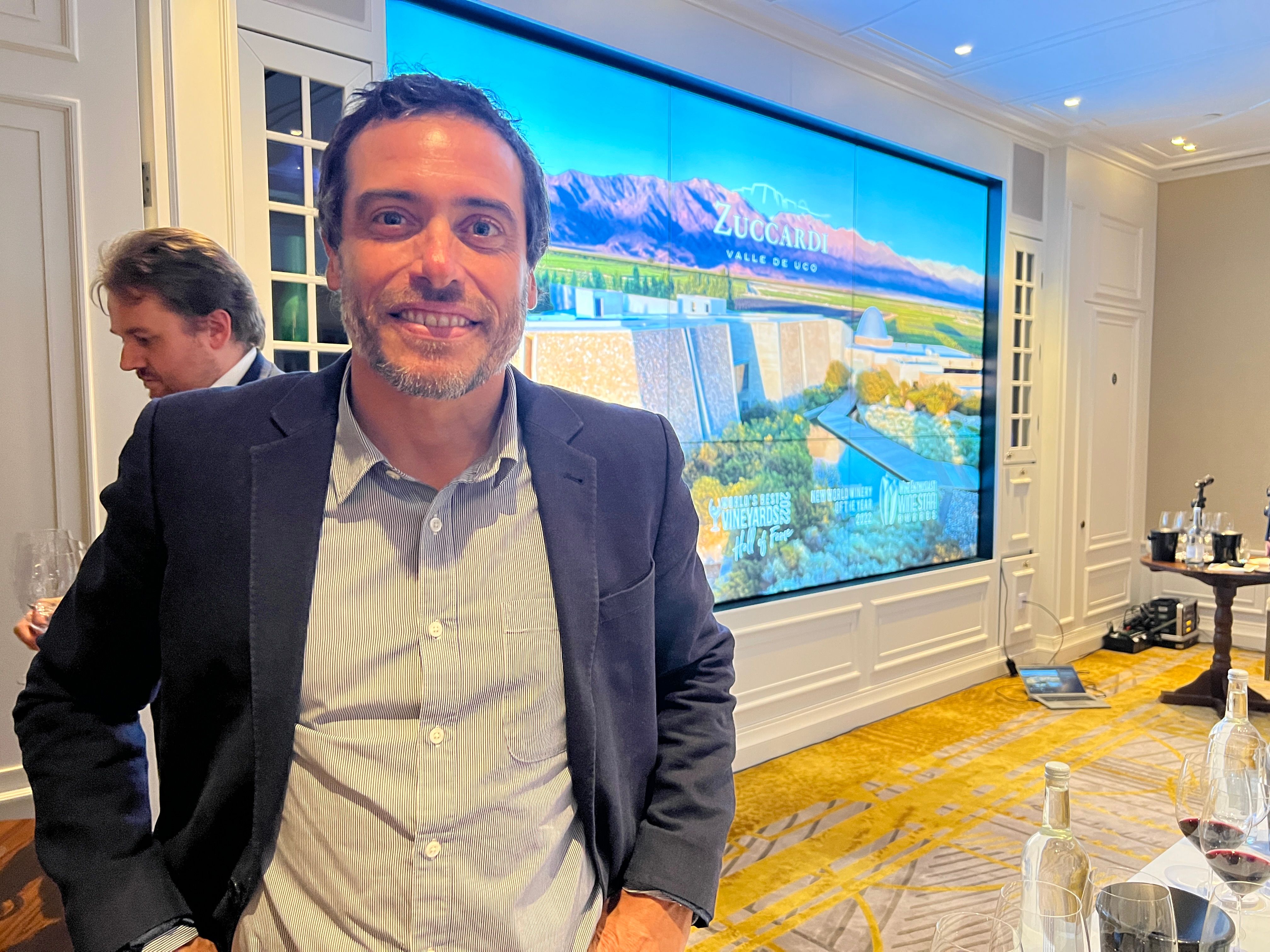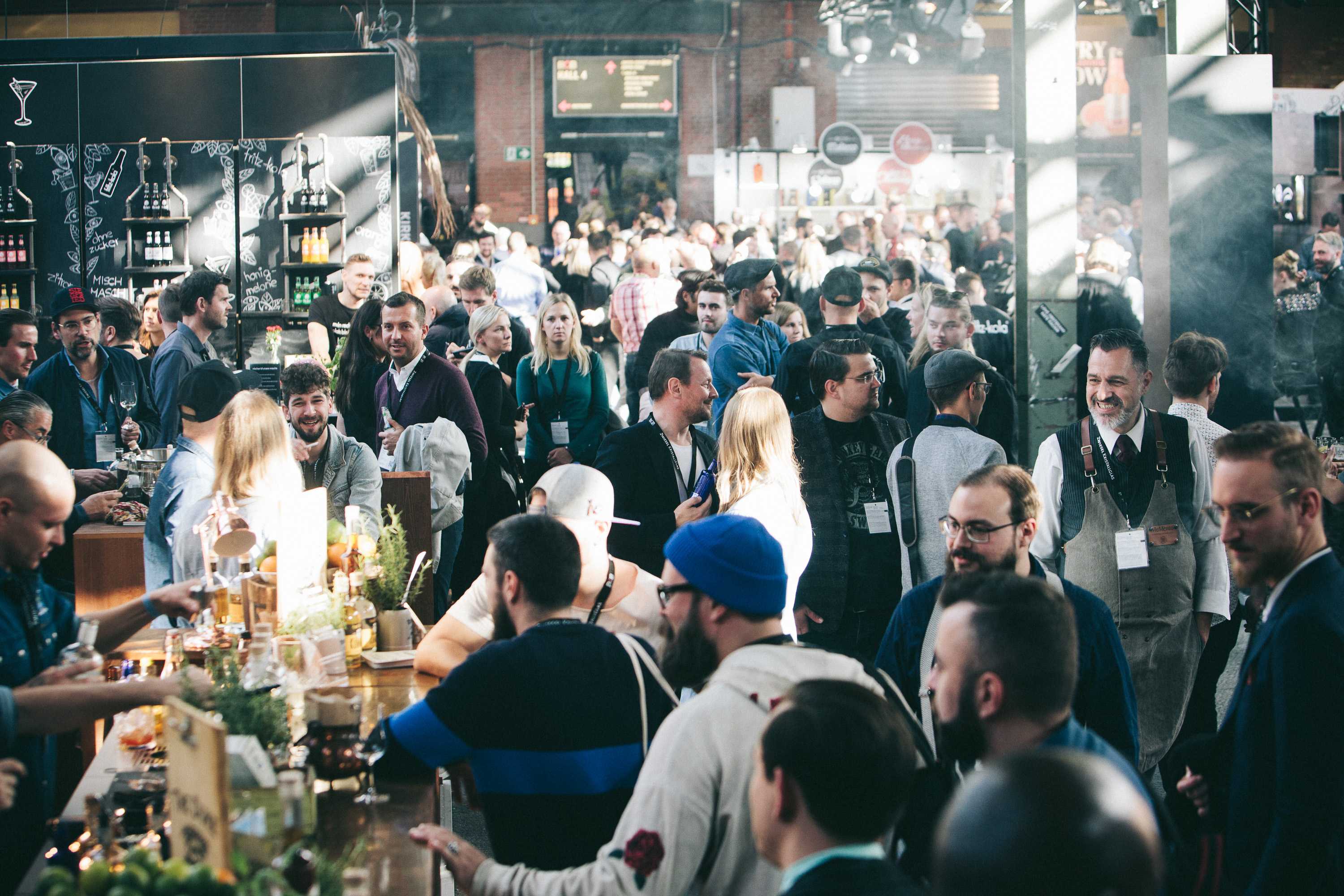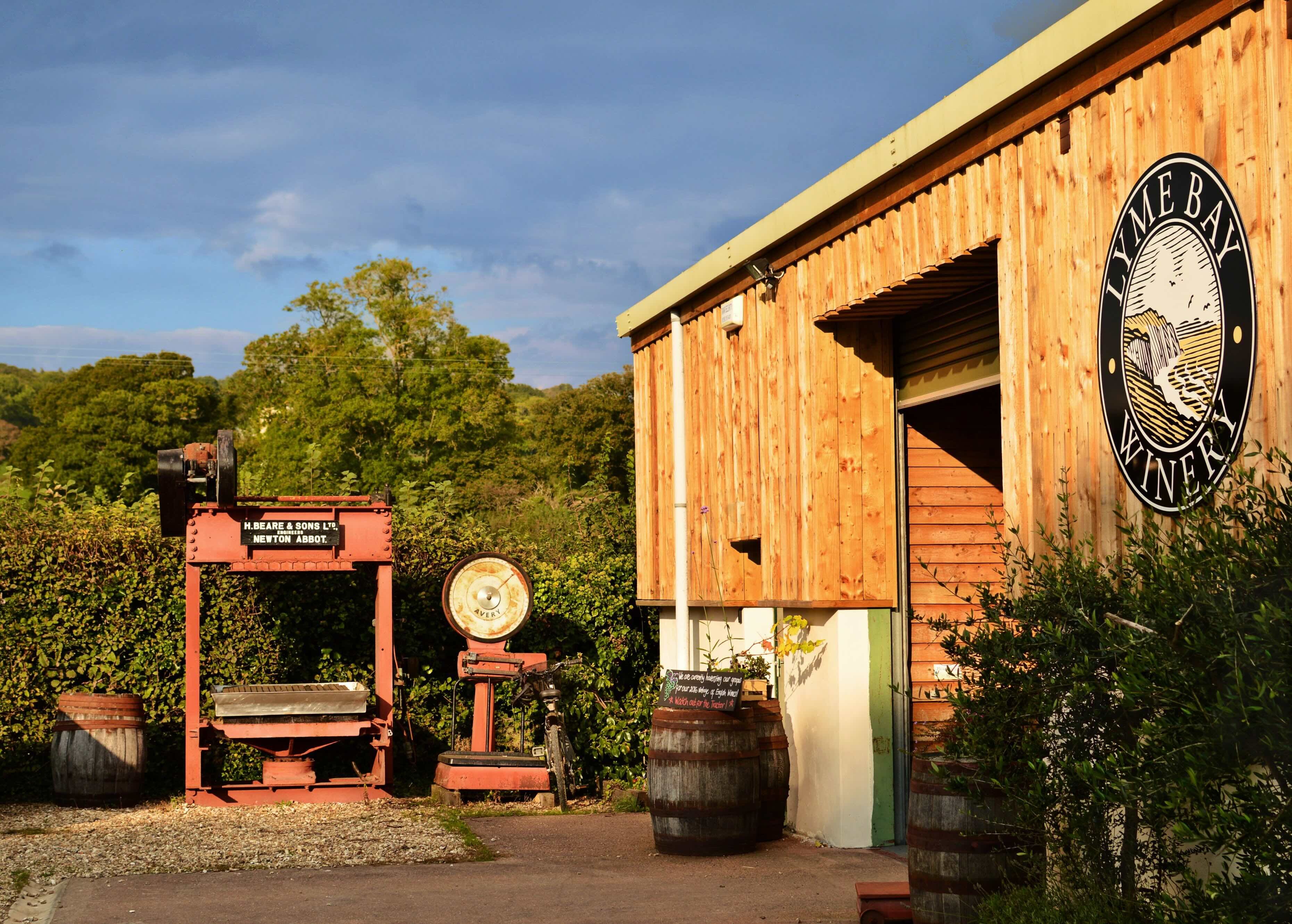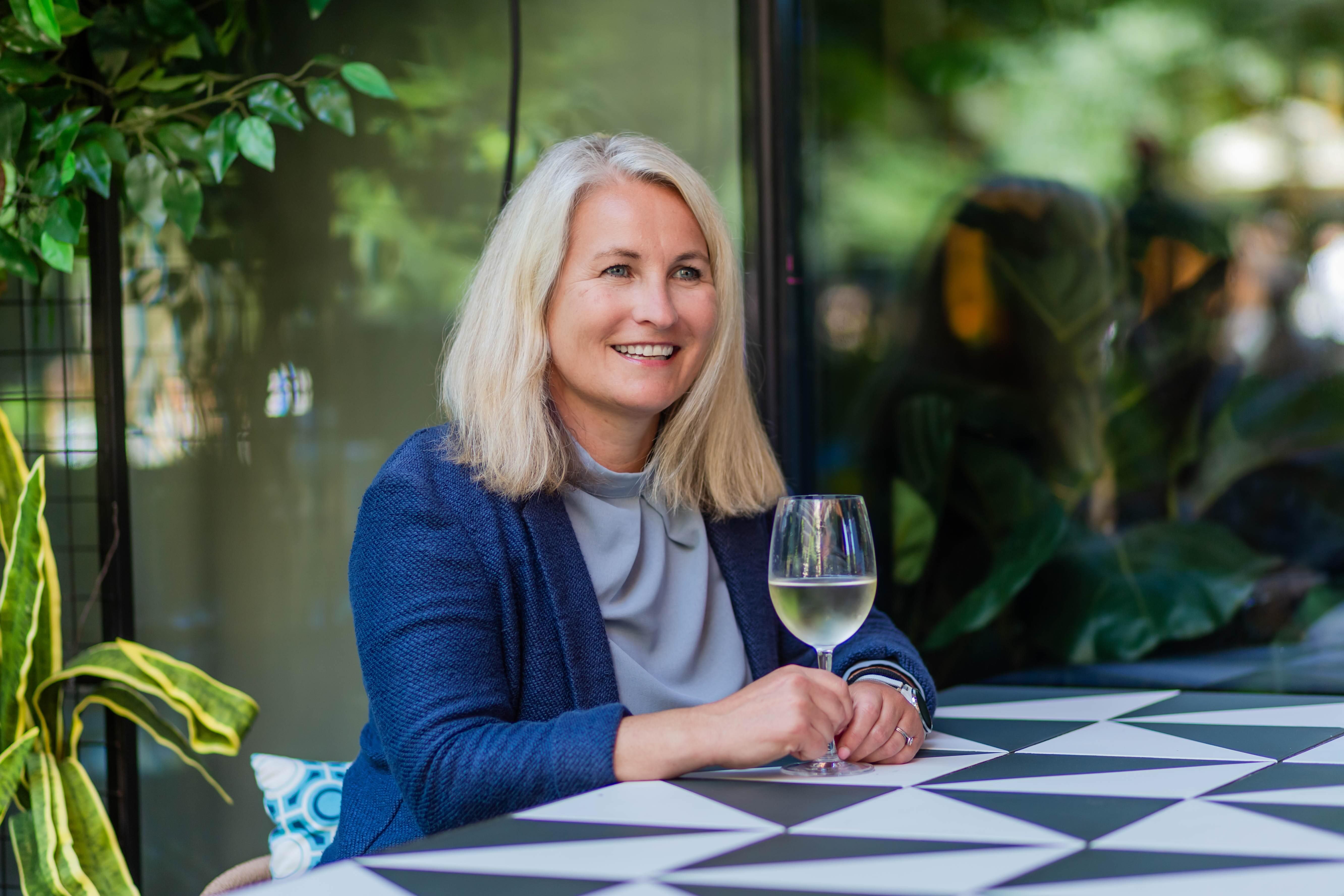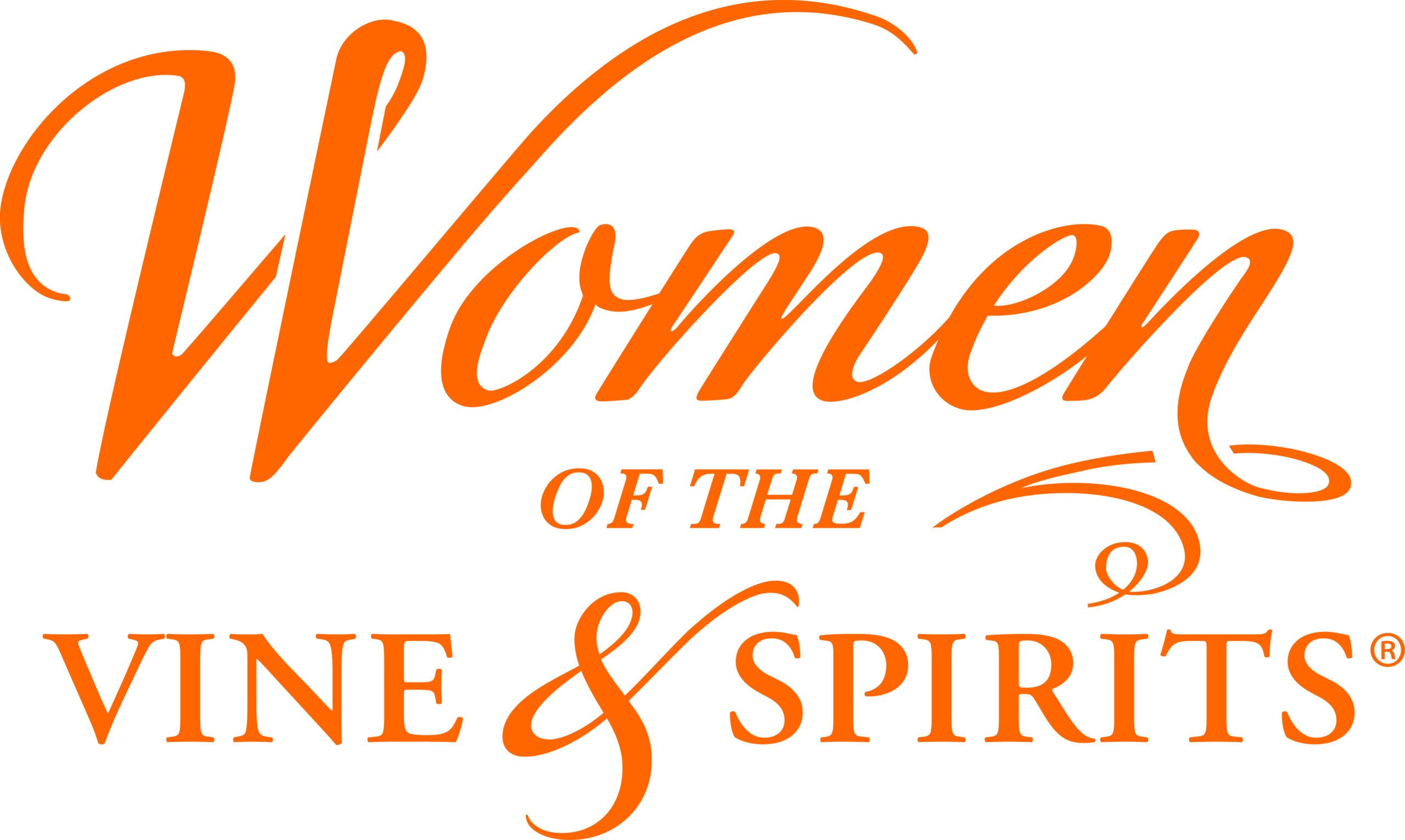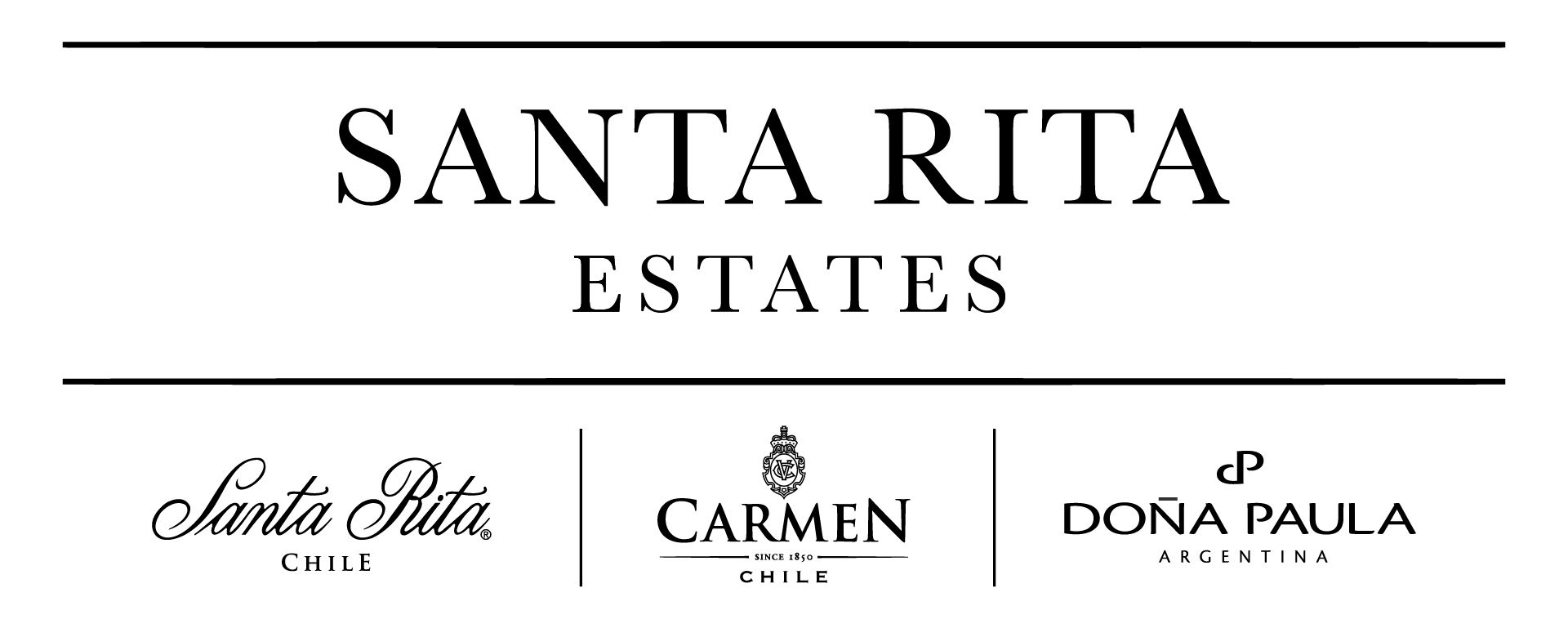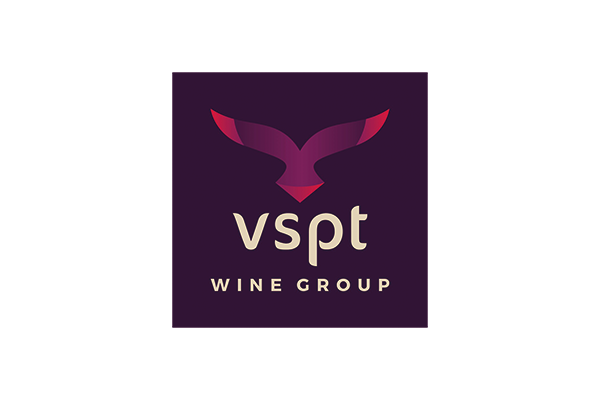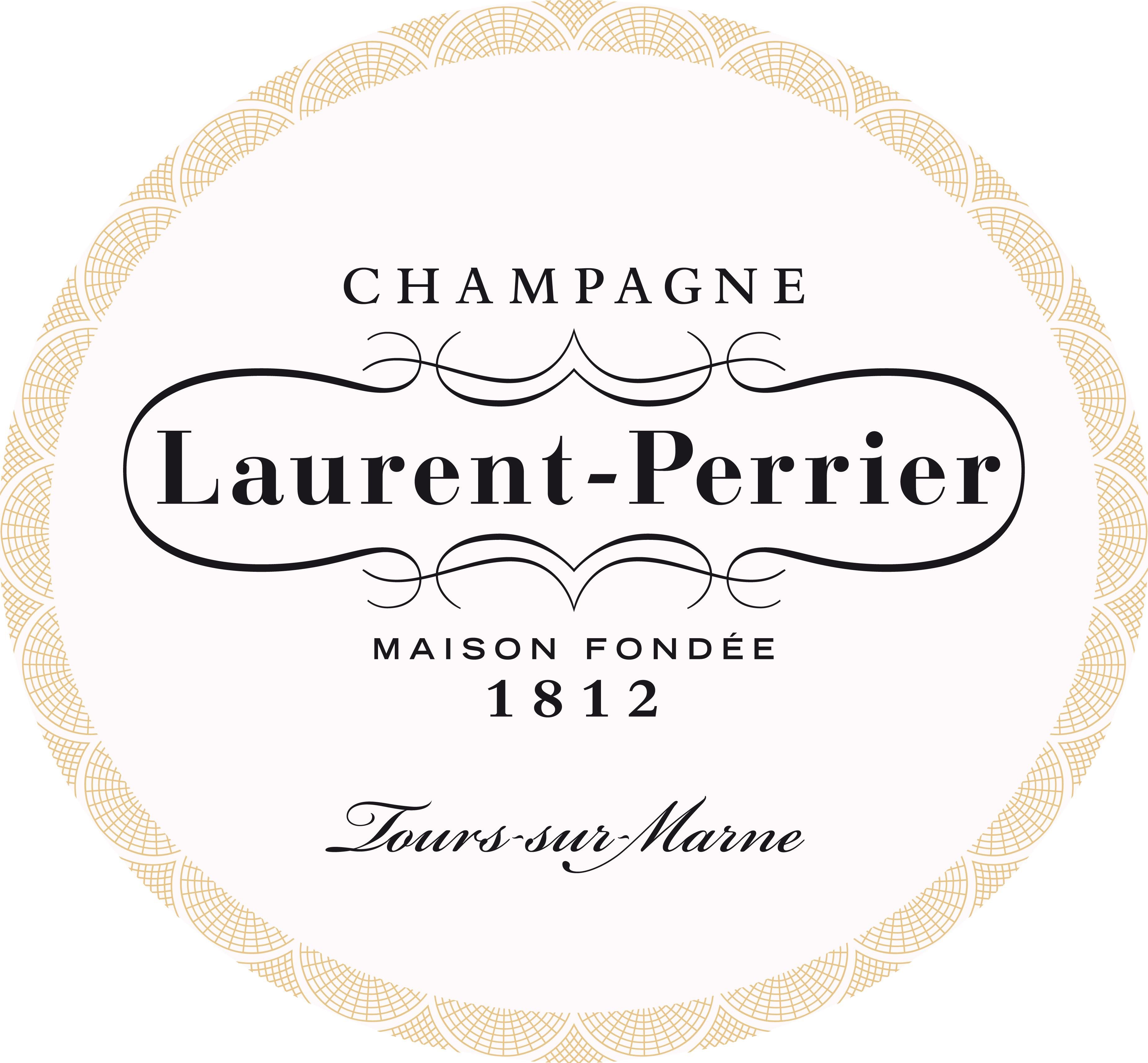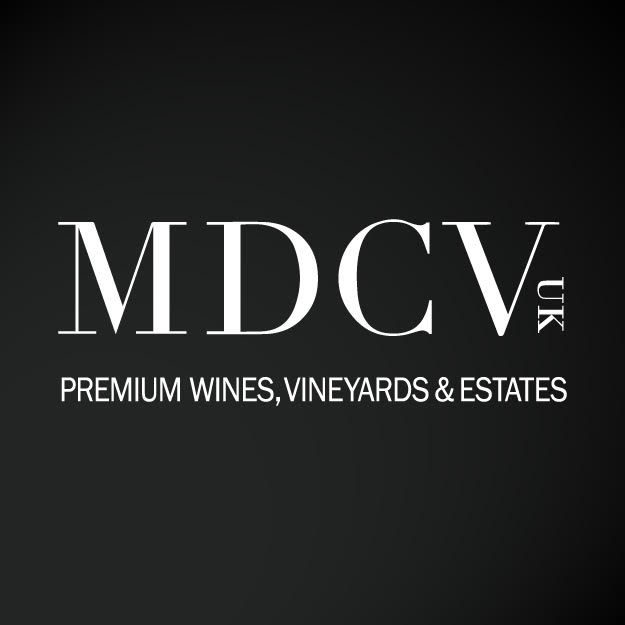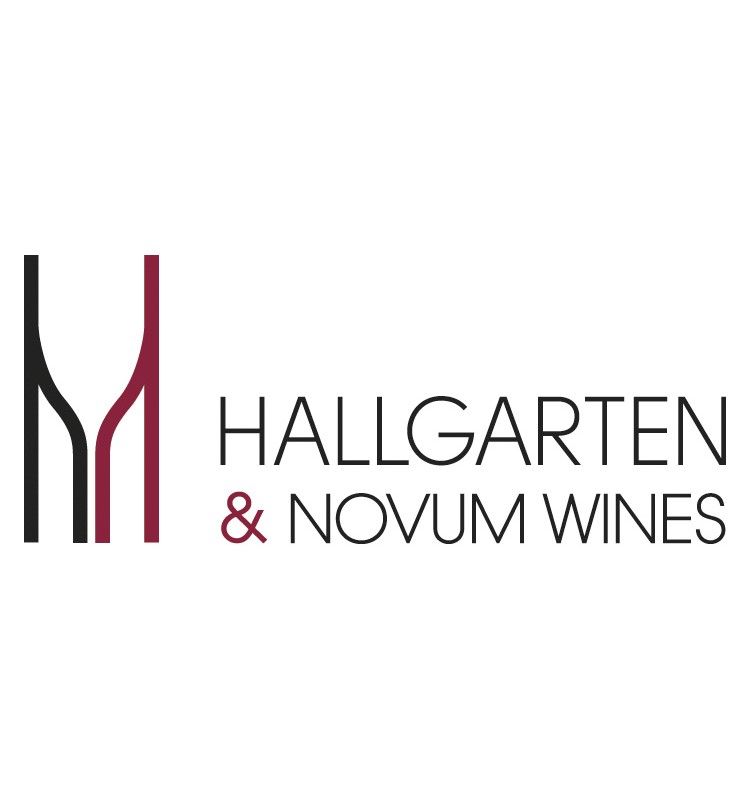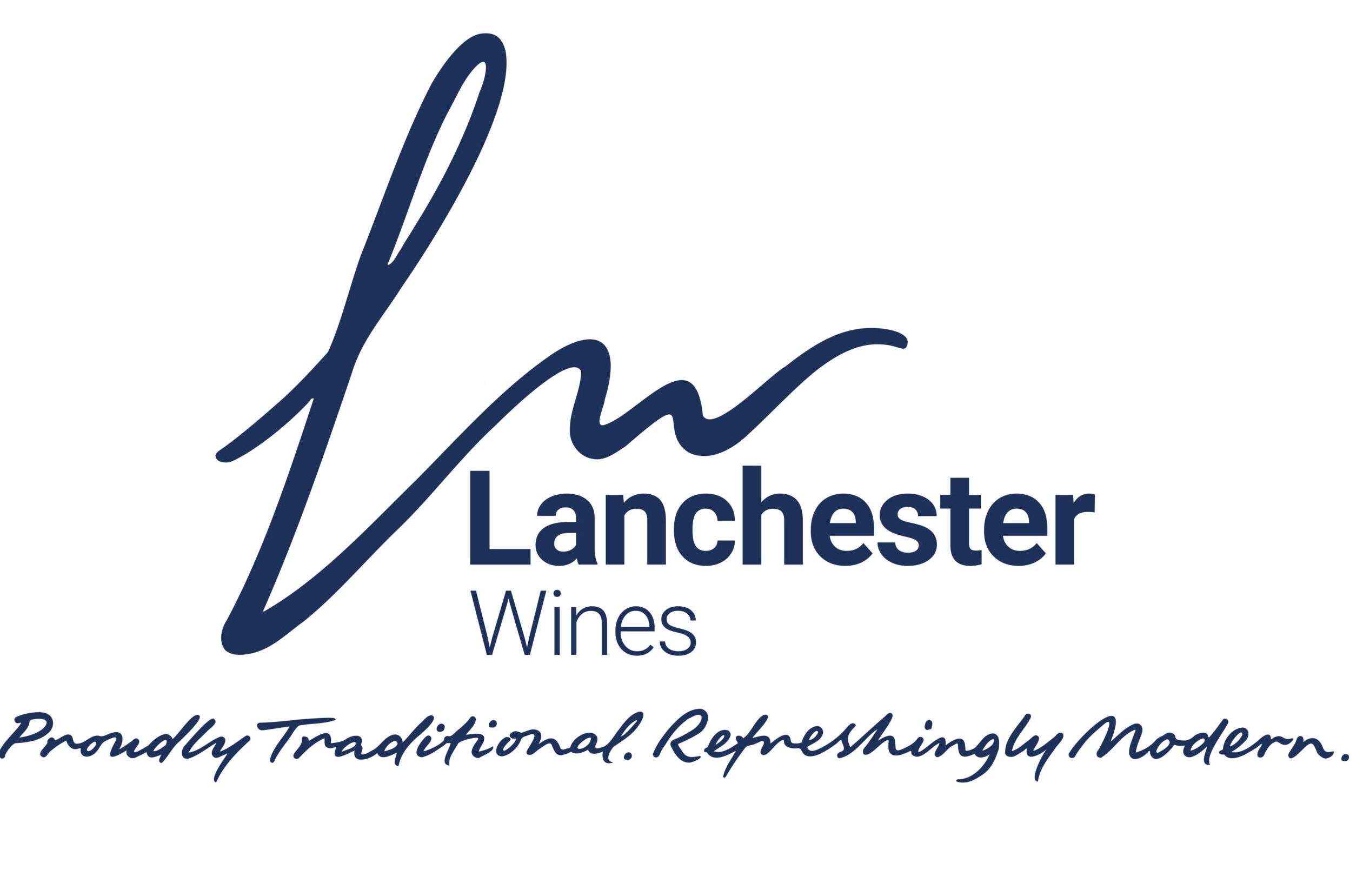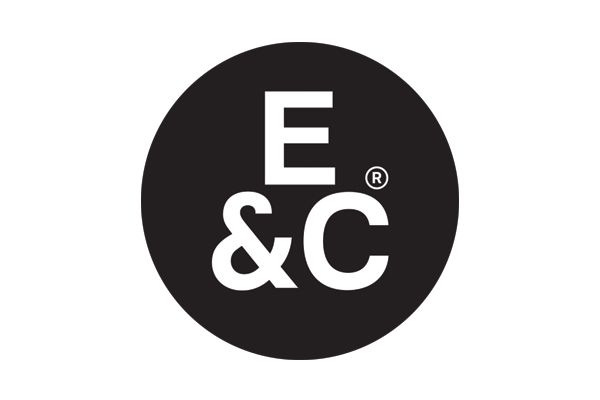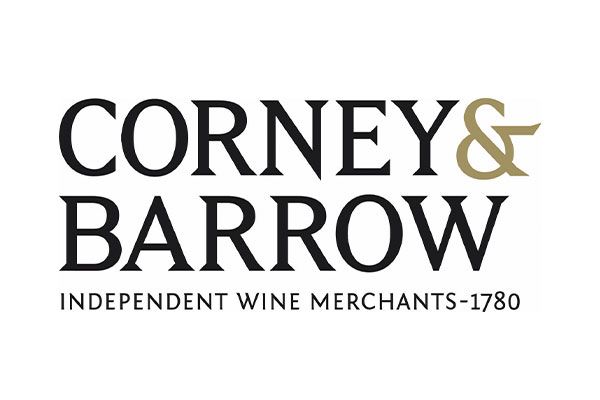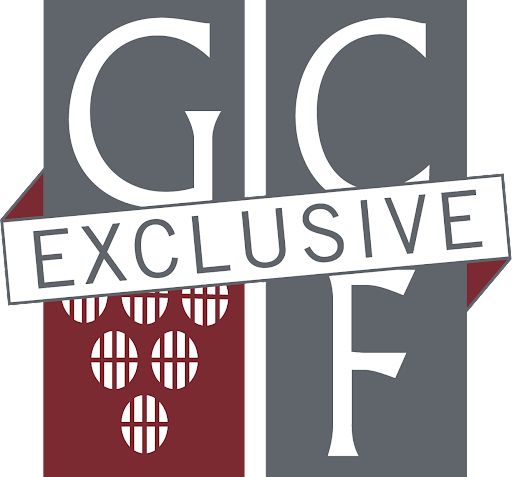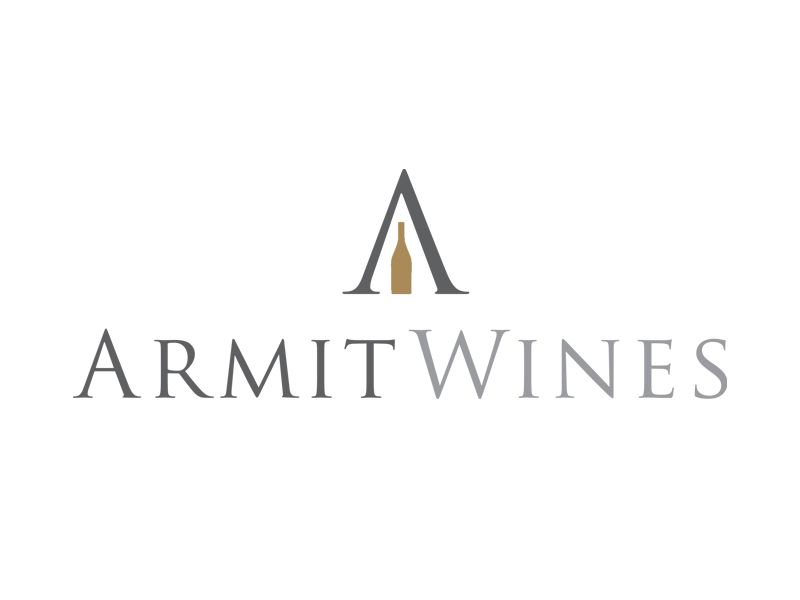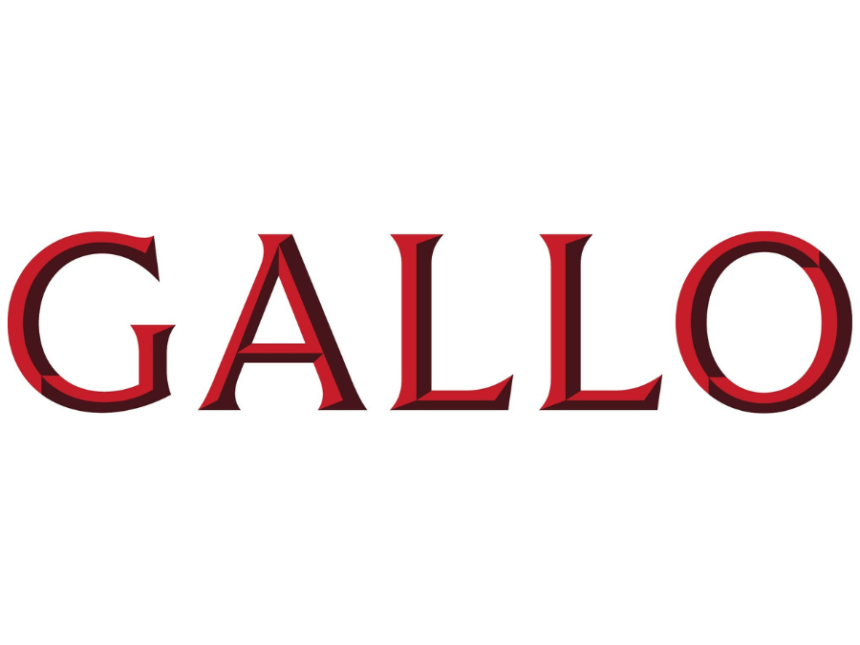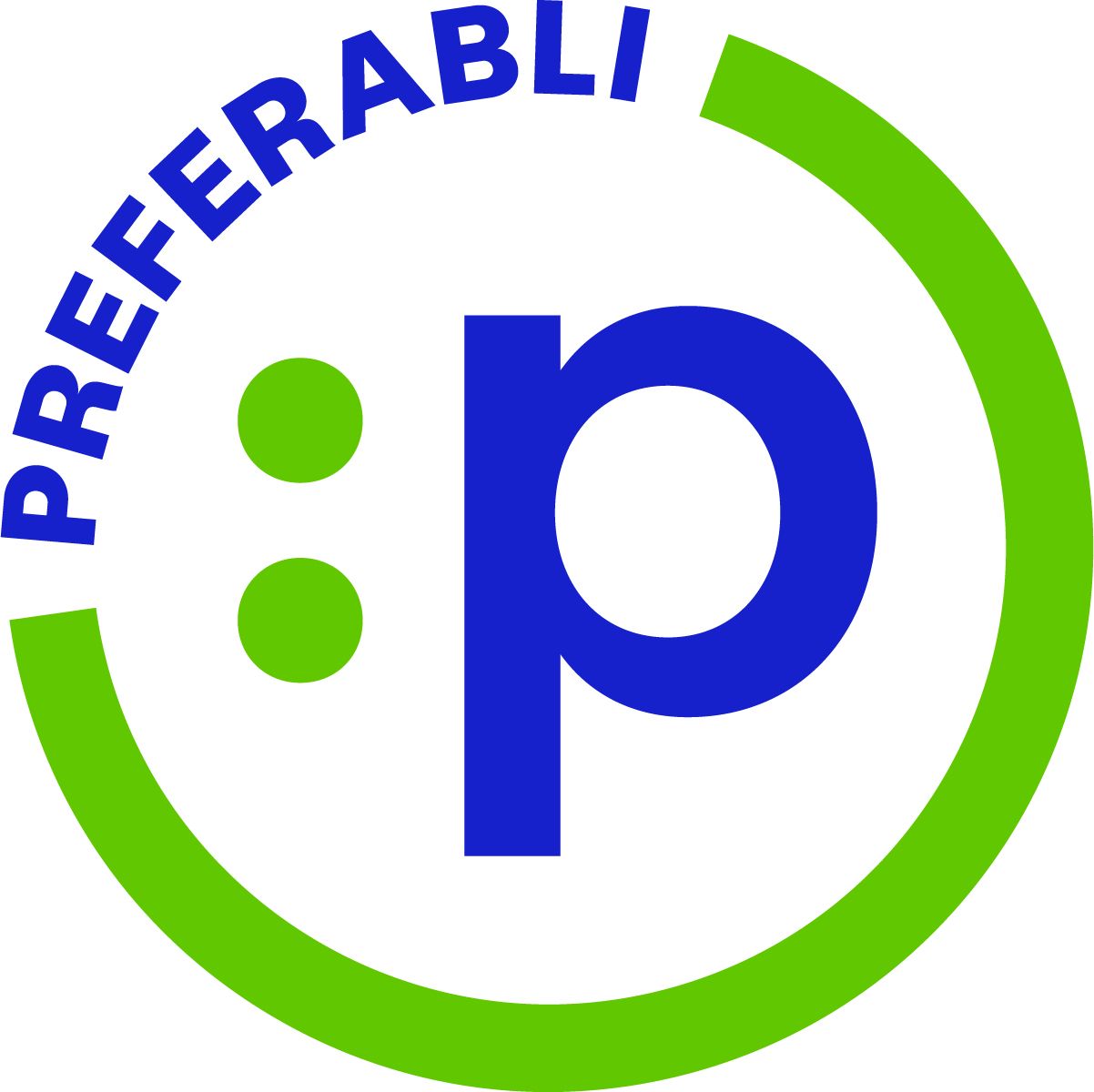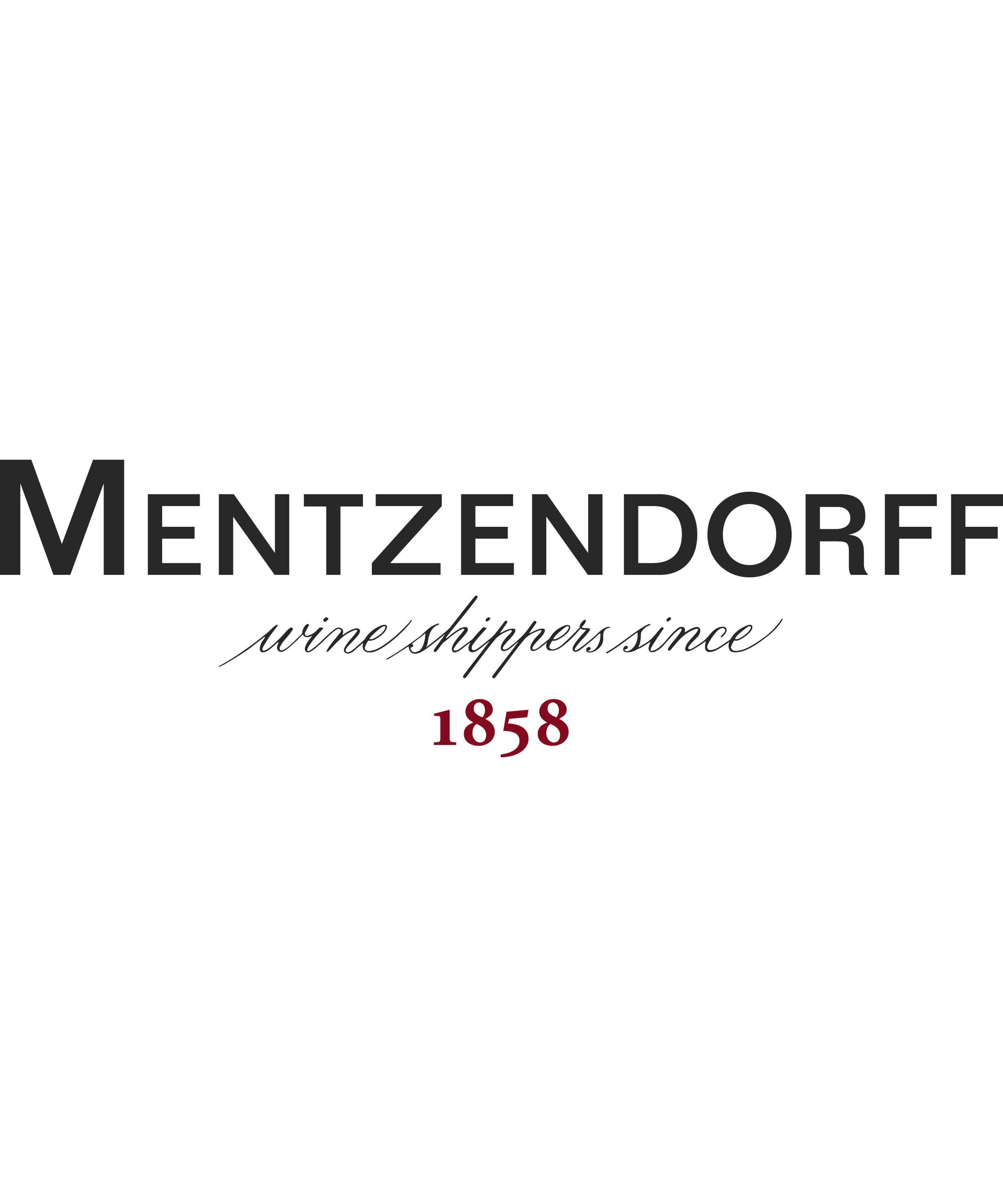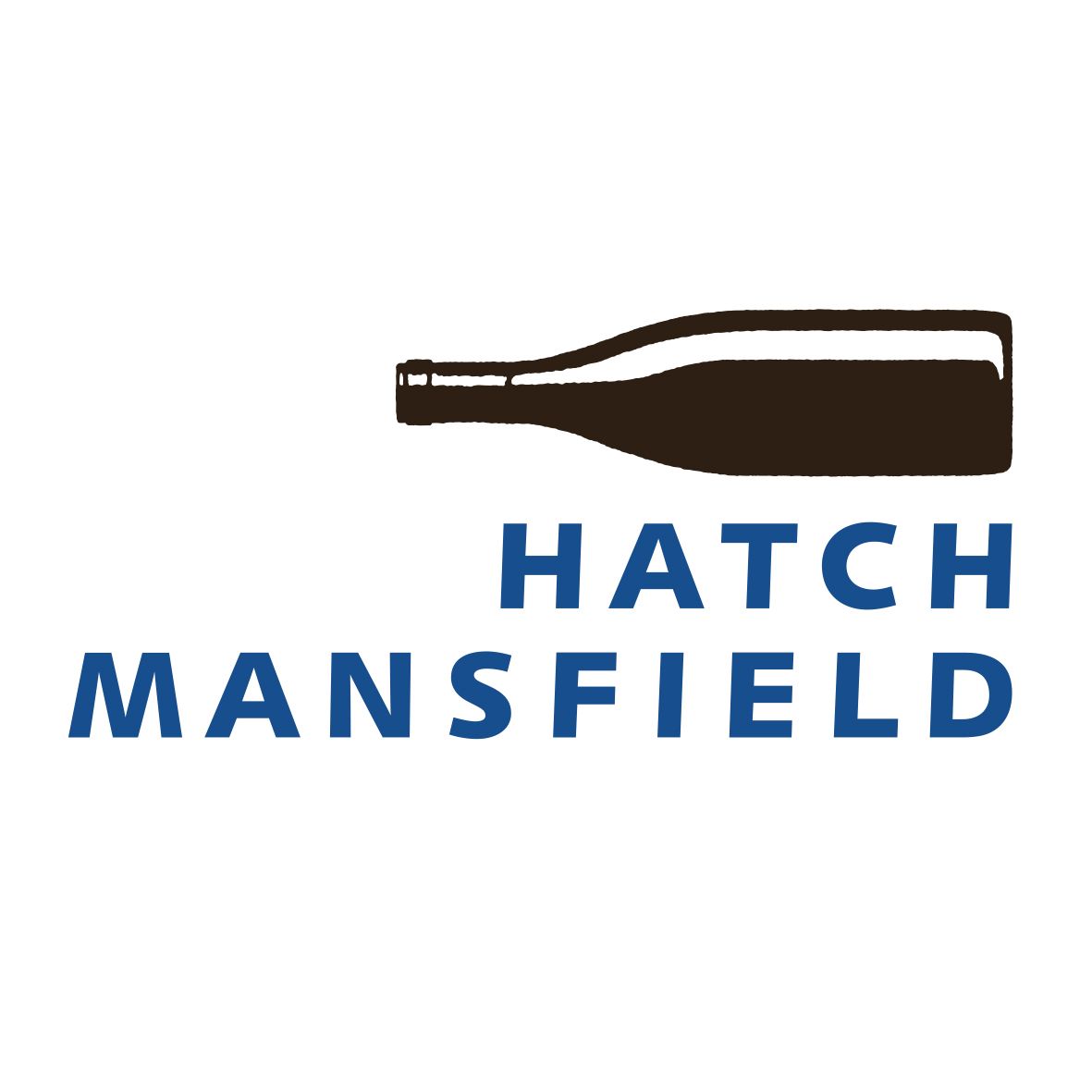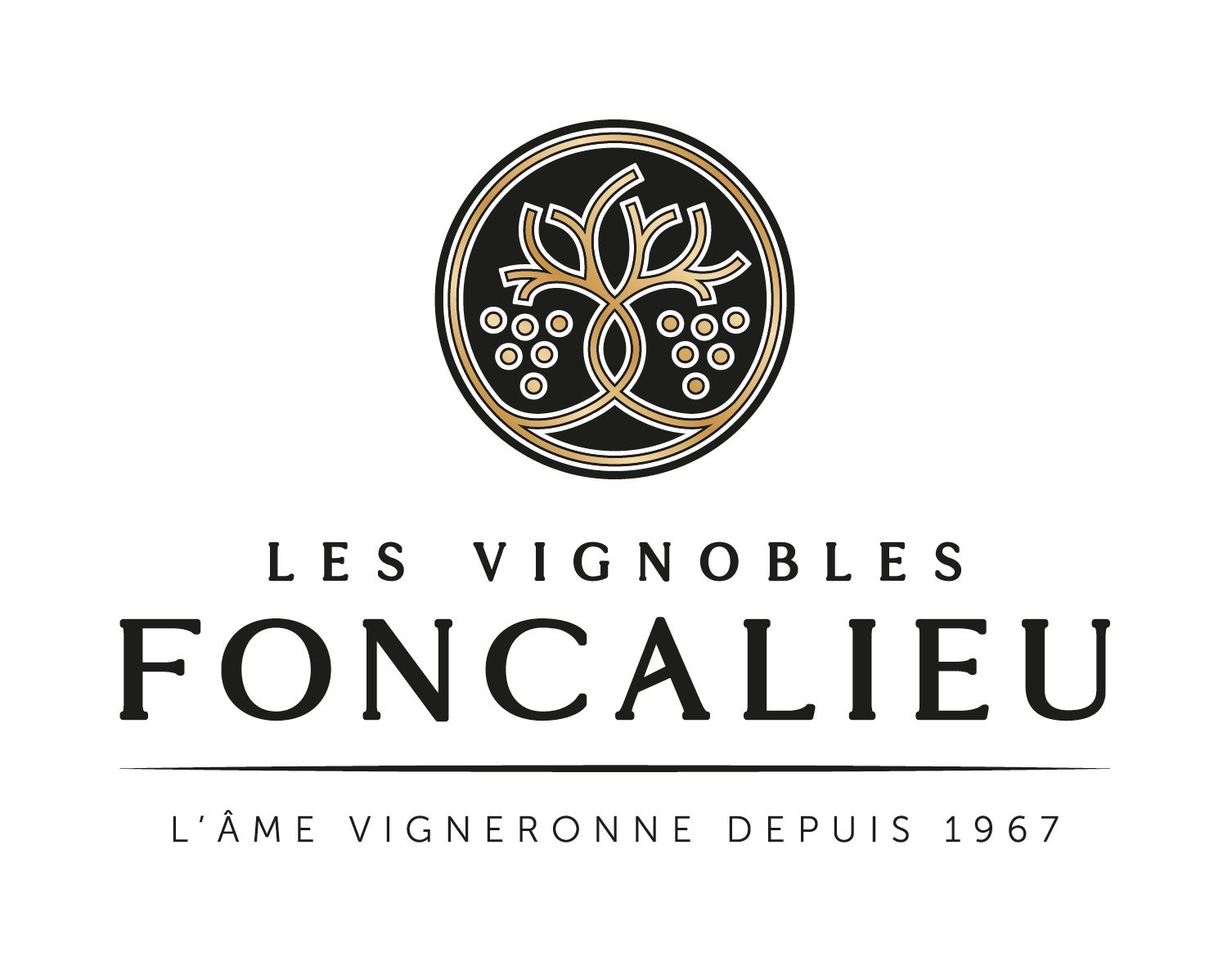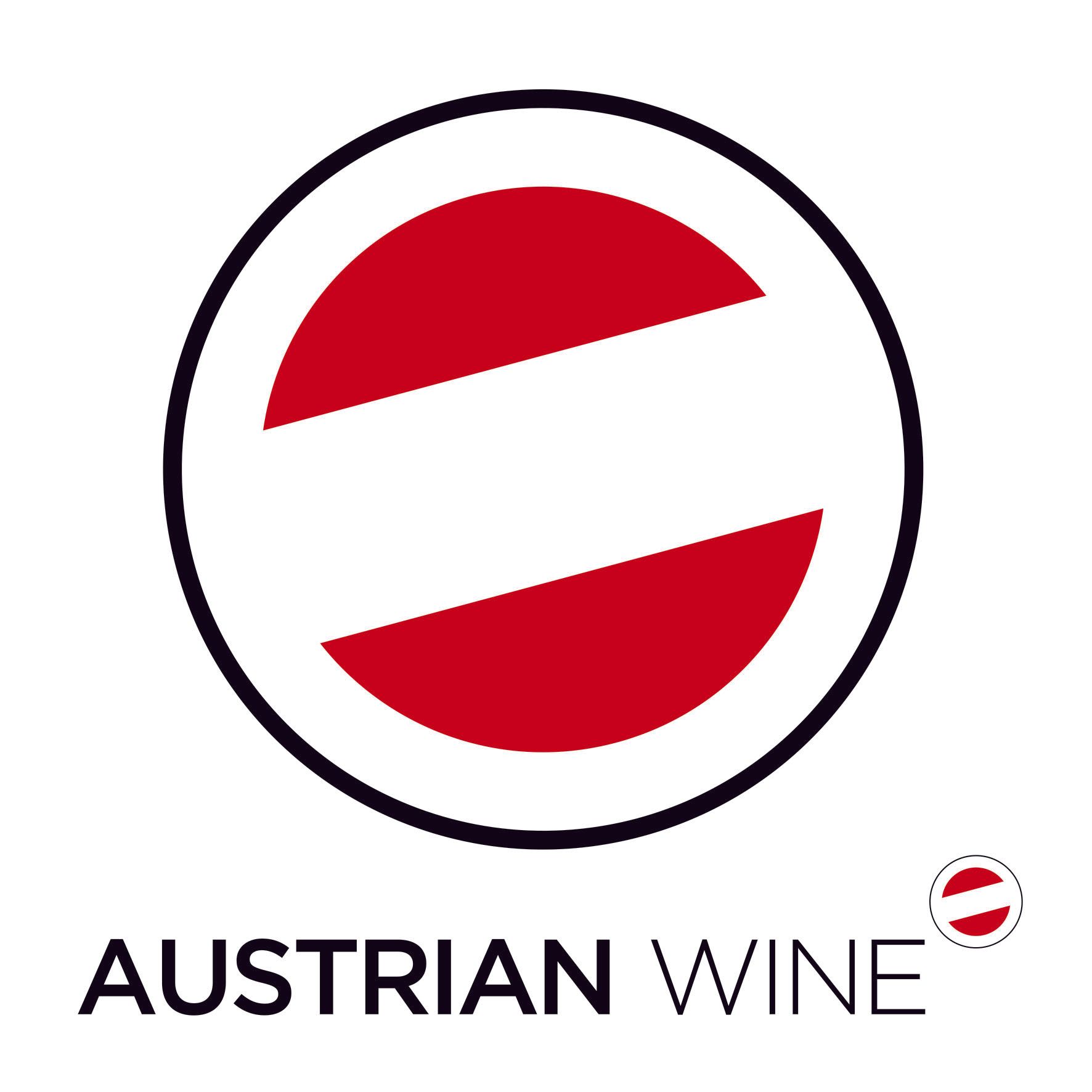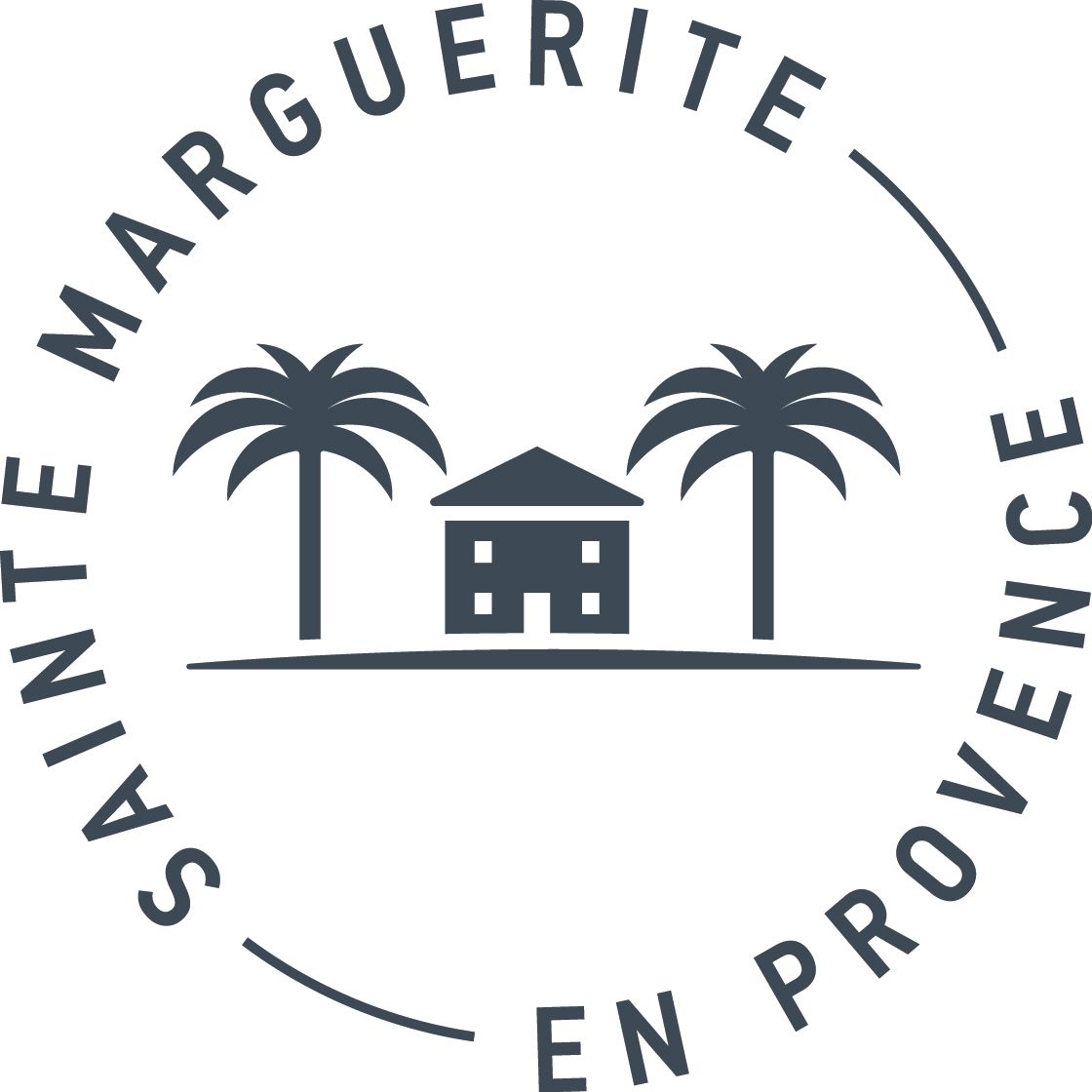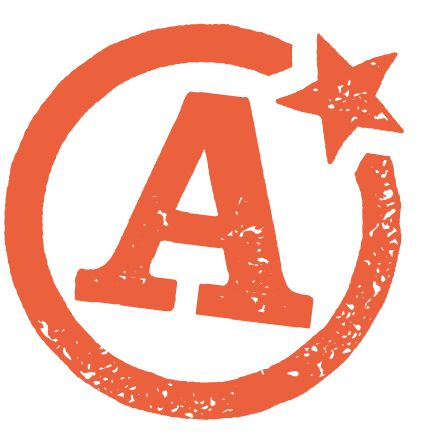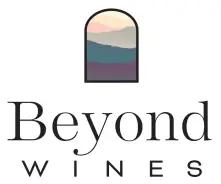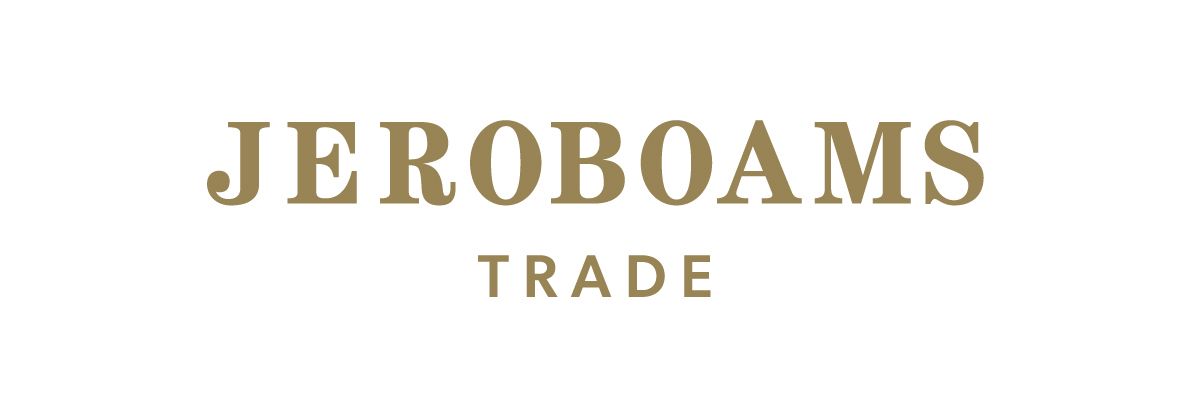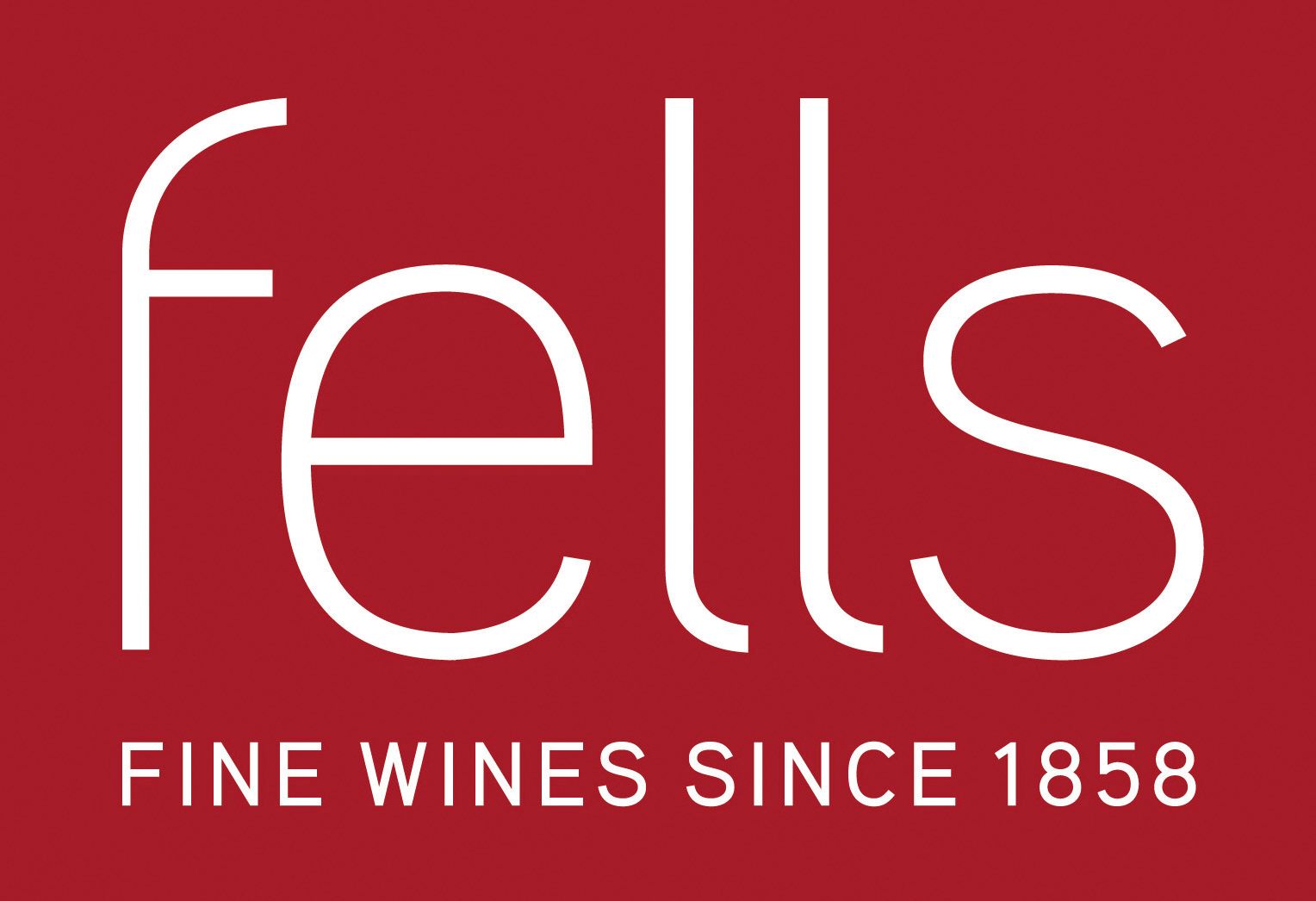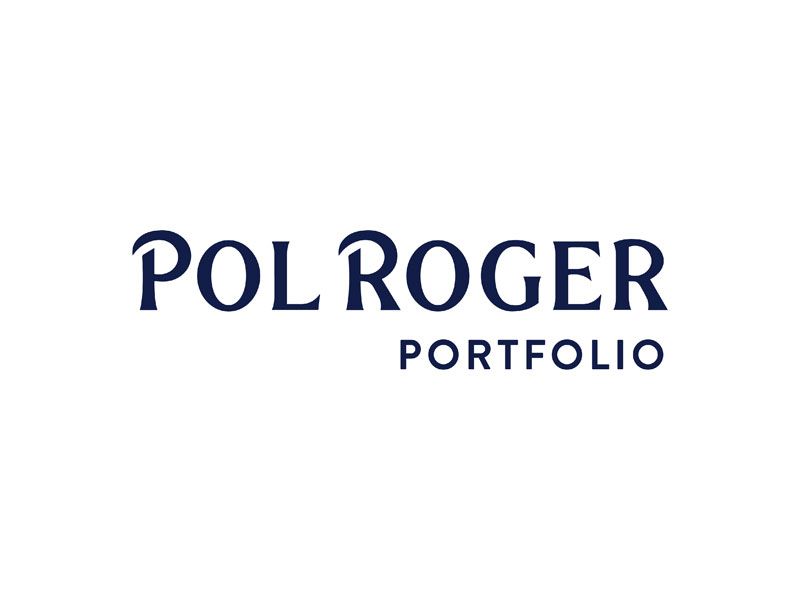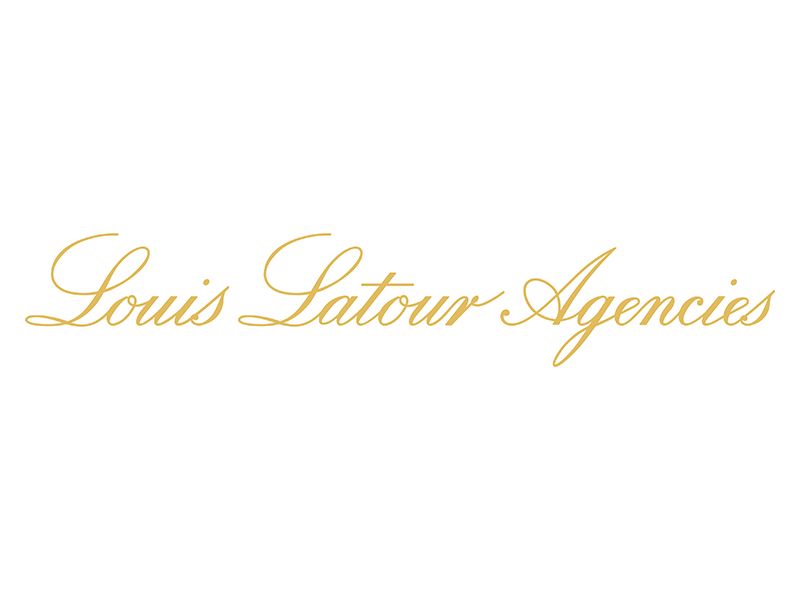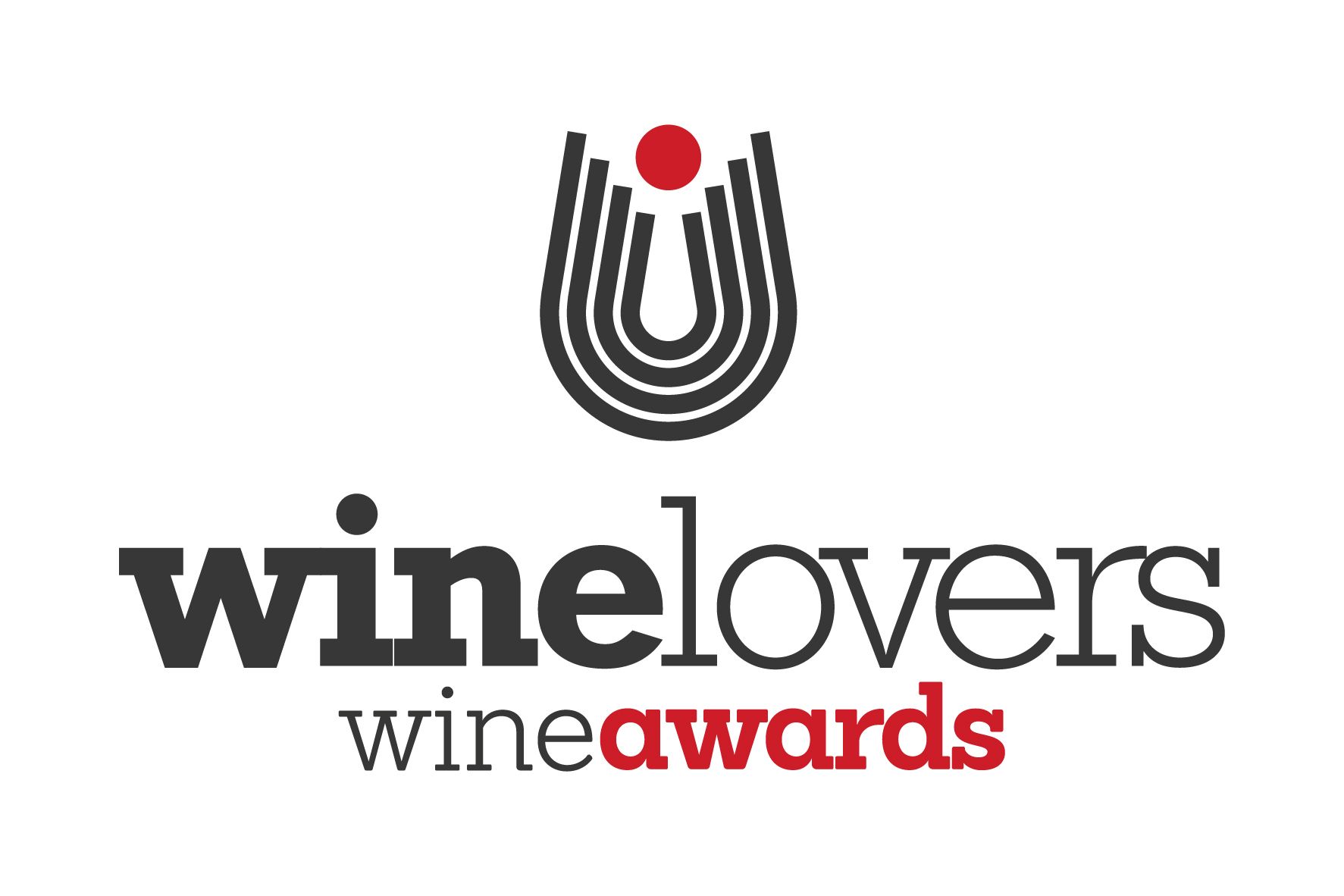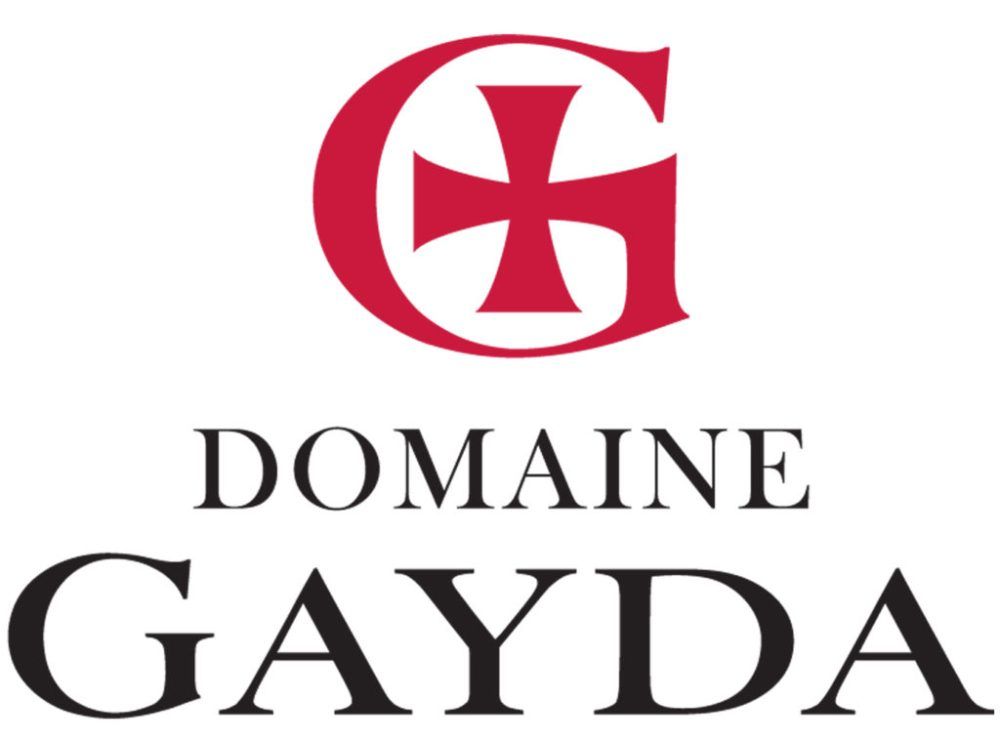Philippe Starck tried to capture: “the immateriality of Champagne: Champagne is more than a wine,” he said. “it is a project, it sparkles. With a drop of Champagne, you can change you own existence. You can catch the light.”
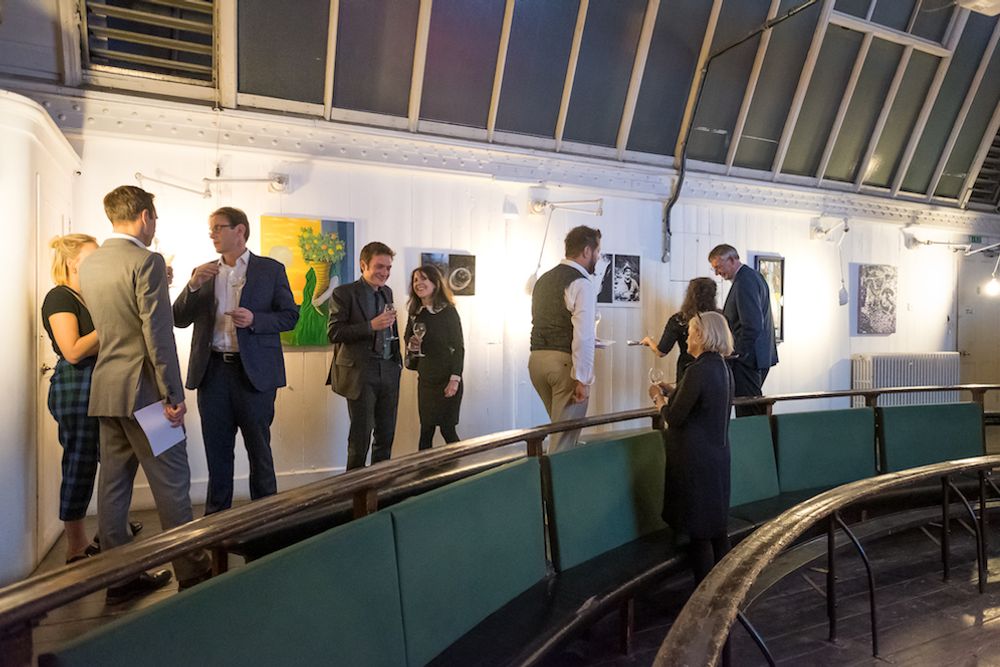
It was an unusual setting for unusual wines. Deep in the bowels of the Royal Academy of Arts in London, the historic life drawing room had been hung with the shortlisted entries of the “Louis Roederer et Philippe Starck Brut Nature Prize”. Two spheres intersected that evening: the soil-anchored reality of winemaking and the soul-anchored aspiration of artistic expression. Both, of course, born of the human, creative urge. Initially, the arty setting seemed a little laboured, a little incongruous, but in the end that creative spark became evident and shone in the purity of the two newly launched wines: Louis Roederer Brut Nature 2012 Blanc & Rosé.
For this art competition, Royal Academy students and graduates had been asked to work to “an open brief: to respond to the taste of Champagne, the way it is grown, the land…”. The contemporary pieces were in stark contrast to this little, semi-circular theatre with its Victorian light fittings and spartan artists’ bench, yet somehow fitting, too.
Represented in sculpture, painting, print and photography, the entries were diverse: I was particularly taken with a green, phallic plastic[1]expressing “the biomorphic energy of biodynamics”(yes, really); an evocative charcoal silkscreen[2]reminiscent of wine glasses and a joyous photo of artful spitting[3].
Quite a number of speeches followed, thankfully moistened by the wonderfully bracing and bright Louis Roederer 2012 Brut Nature Blanc. Rebecca Salter, Keeper of the Royal Academy, was followed by Roederer’s CEO Frédéric Rouzaud, who was followed by Philippe Starck himself – funny and apposite in charming English. His brief paean to Champagne was followed by a very honest explanation of his collaboration with Roederer: “we never spoke about techniques,” he said, noting that his understanding of what winemaking involves is limited. His creative endeavour, he explained, was to capture something different, namely the “immateriality of Champagne: Champagne is more than a wine,” he said. “it is a project, it sparkles. With a drop of Champagne, you can change you own existence. You can catch the light.” He then played catch with a projected spot of light and left us, or me at least, bemused.
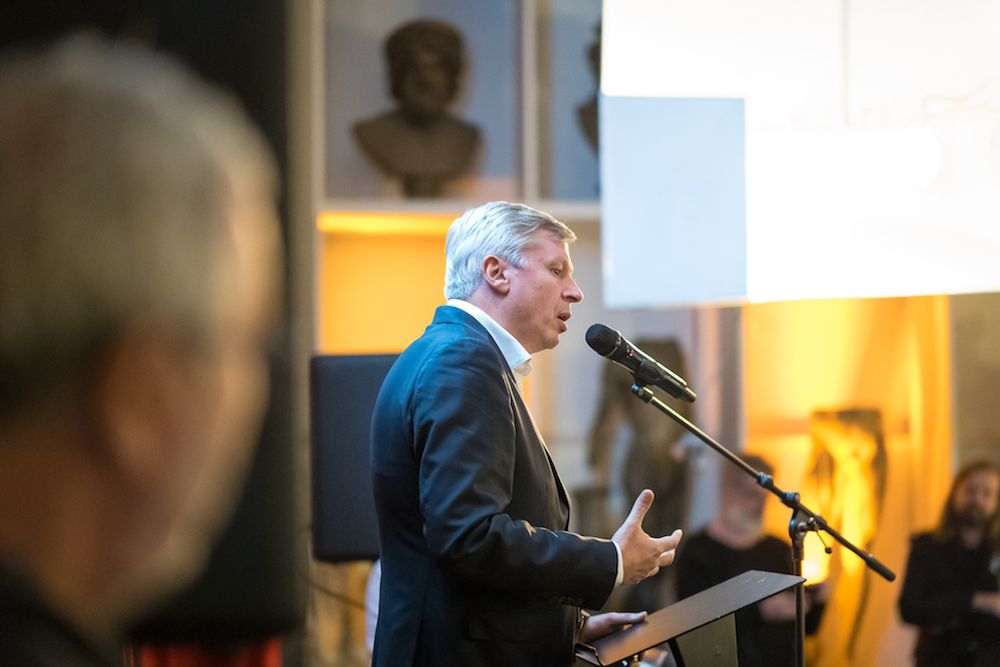
Louis Roederer chef de caves Jean-Baptiste Lecaillon
Then it was the cellar master’s turn. Jean-Baptiste Lécaillon, chef-de-cave, said: “The challenge was to translate the concept. What I really like when working with Philippe Starck is that he does not try to approach this by tasting the wine – he went to what is the essence. That is what I and my team do: look at the essence of what nature has given us.”
So far, so esoteric. But facts followed: both wines, the white and the rosé, are from a south-facing slope in the premier cru village of Cumières: “You get a lot of sunshine, but also very dark, cold clay,” Lécaillon explained. “The soil is very cold and the sunshine is very warm, so you have a contrast. At first you get the roundness of sunshine, then you get the freshness from the soil.”
Lécaillon also stressed the minimalist approach: the hillside of 10 hectares is farmed biodynamically, there was zero addition of yeast to the base wines, very low additions of sulphur dioxide and zero dosage. For Lécaillon the wines are intense but he also remarked: “This is not a Roederer wine, it is a wine by Roederer.”
So what did he mean? Well, he had explained it all – in words appropriate for the assembled art crowd – but he had spoken the truth: In order to create this zero-dosage Champagne he had taken Starck’s essence to heart, the idea of creative freedom, of catching light.
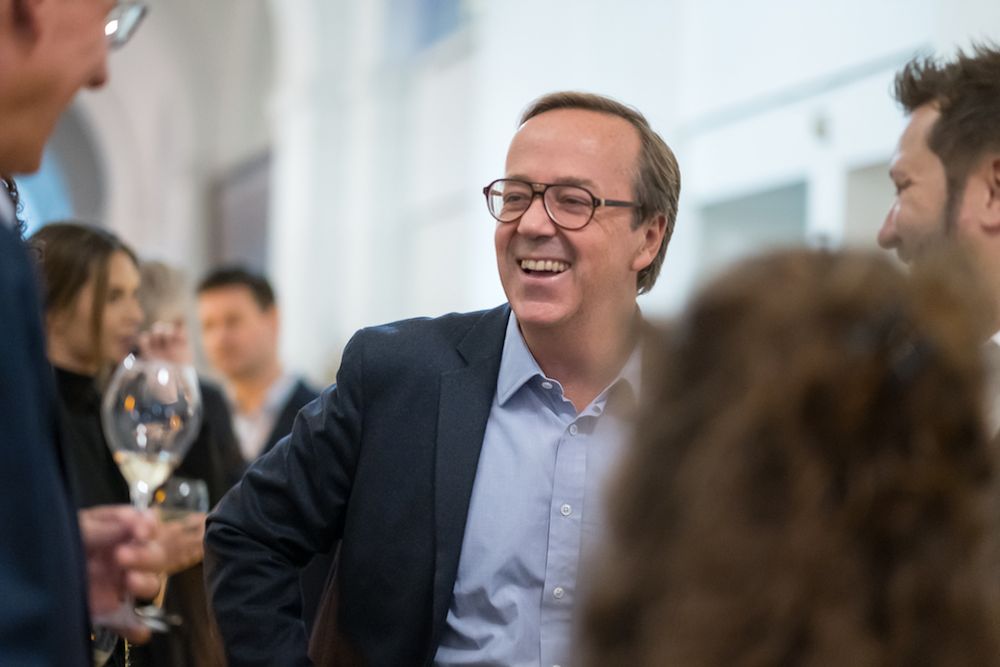
Frederic Rouzaud
Both Brut Natures are from three parcels on that south-facing, clay-rich, contrasting hillside: the Pinot Noir is from Les Chèvres, the Chardonnay from Pierreuses where the clay has portions of chalk, and the Pinot Meunier is in the west-facing part of the vineyard, Le Clos, to catch the afternoon sun. In a break with received wisdom, all three grape varieties were harvested on the same day and co-vinified spontaneously. So don’t go looking for the prized chalkiness of Champagne, because you will not find it. What you will find instead is luminous purity that moves within a triangle of sun-warmed ripeness, bracing freshness and minimalist but firm structure.
It would have been so easy for Lécaillon to compensate for the utter dryness of a zero-dosage wine with the rounded emollience of rich autolysis, but this would have meant obscuring the light that Starck had wanted to catch. No, the second fermentation, which usually happens with an addition of yeast to create a population of 2 million yeast cells per millilitre, had just enough yeast to create a population of 1.2 million cells per millilitre – resulting in just an echo, a mere whisper of yeasty creaminess, leaving the Brut Nature Blanc to shine with uncommon, even bracing, purity.
The Brut Nature Rosé adds another delicious twist to this tale: five days before the harvest date for this Cumières hillside, Lécaillon selects the ripest Pinot Noir bunches, de-stems them and gives them a relatively warm, whole-berry ‘cold-soak’ at 10°C, the bulk of the grapes blanketed by carbon dioxide, the top of the cuve covered by a pied-de-cuve, or spontaneous starter culture from the same vineyard, protecting the entire “infusion” from any bacterial infection but drawing out just enough colour. These soaked grapes are then pressed and blended with the juice of the co-harvested and white-pressed Pinot Noir, Pinot Meunier and Chardonnay and co-fermented spontaneously, resulting in a very pale rosé. For Lécaillon, this skin-contact builds a bridge between the warm sunshine and the cold soil.
Both Brut Nature 2012 Blanc and Rosé are unusual Champagnes, both are testaments to what happens when a consummate, daring and imaginative artisan-scientist abandons the conventional: Co-harvesting grape varieties? Co-fermenting juices? Championing a clay-rich hillside? Putting site, not process, i.e. autolysis, in the foreground? By doing so, Starck and Lécaillon managed to catch the light of that particular hillside in Cumières.
Lécaillon realised and translated Starck’s vision. In the end, all the abstract talk of art, ideas and freedom made sense and was manifested in the wine. Artist and artisan became one. Their unusual approach resulted in unusual and delicious wines.
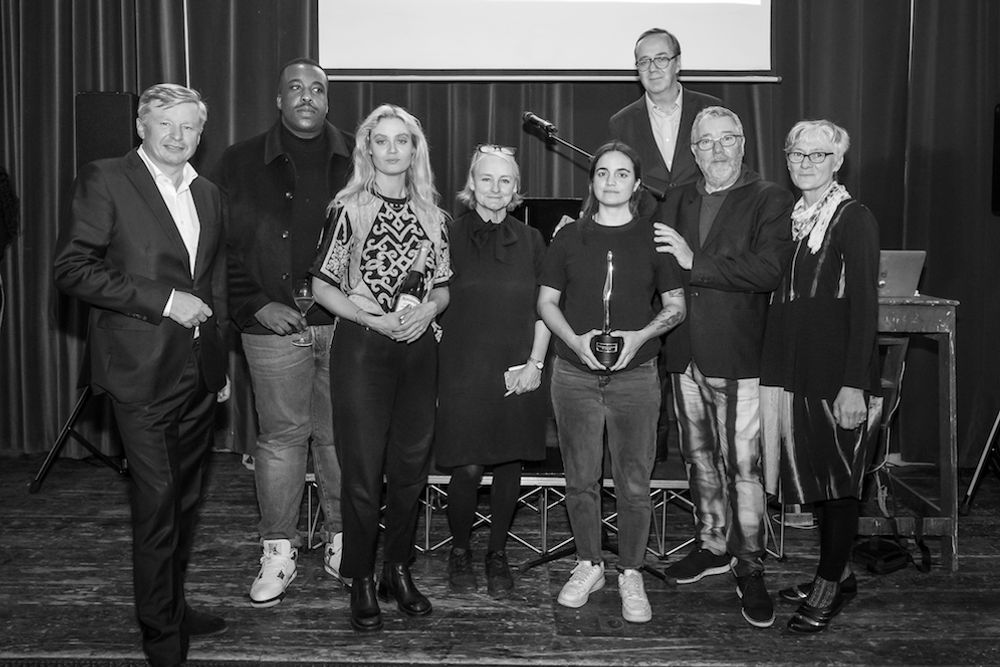
The winners with Rebecca Salter far right and Philippe Starck second from right
[1]‘Phantasia’ by Millie Layton
[2]‘Tidally Locked’ by Olu Ogunnaike
[3]‘Self Portrait as a Champagne Fountain’ by Clara Halstrup
